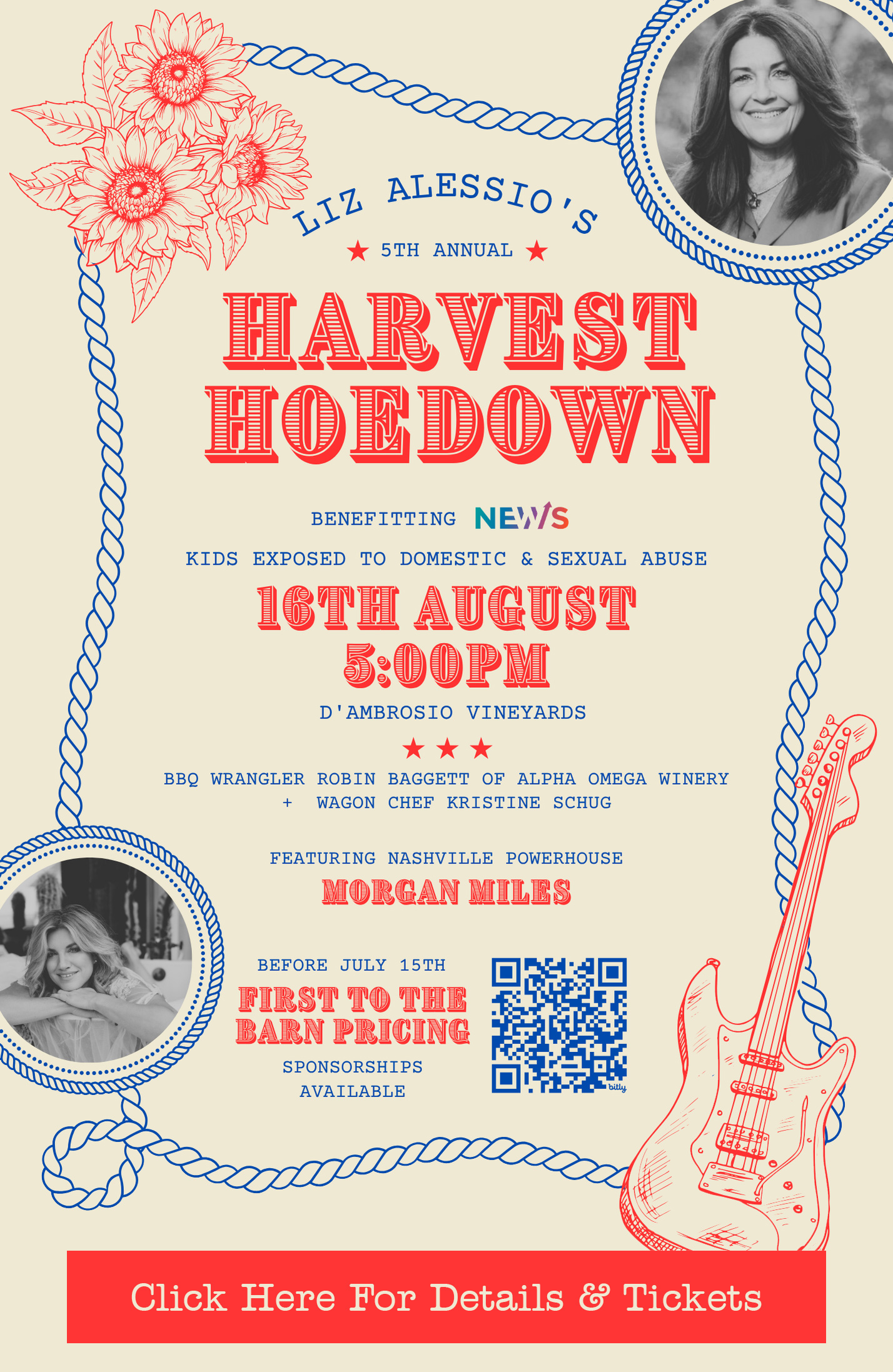Why It’s Hard to be a Bystander
To be blunt, domestic violence is frightening. If you’ve witnessed an incident of abuse, or if you suspect a friend is experiencing violence at home, finding a supportive way to get involved may seem overwhelming. We may fear that our instincts are wrong, that we’re being nosy, or that we’re unqualified to intervene. These are all valid emotional responses to witnessing violence that make it hard to speak up against violence.
In cases where we’re speaking up against the social norms that contribute to domestic violence, we may fear coming across as argumentative or intrusive. We may fear embarrassment or retaliation, or we may not know what to say when we want to speak up. When it comes to speaking up against sexism, men and women both fear the perception of being too politically correct or aggressive. All of these emotional responses are understandable and make it difficult to intervene.
For all these reasons, it’s understandable why we to hesitate speak up when faced with an opportunity to be active bystanders. But the more we understand about safe interventions and what social norms we need to look out for, the more comfortable we can become when speaking up, and the more effective we’ll all be in creating safe, violence-free communities.
Why Bystander Intervention is for Everyone
A bystander approach to ending domestic violence is about enabling community members to prevent and intervene in violence. In this approach whole communities are part of the solution to end abuse. Though it sounds intimidating, bystander intervention is not always as direct or as confrontational as it sounds. It’s true that a bystander to domestic violence may witness an actual incident of abuse—but more commonly, a bystander may witness a sexist comment, a victim blaming remark, or any other word or behavior that can contribute to a culture of violence. The truth is that all of us have probably been bystanders to conversations or behaviors that can contribute to domestic violence, and more than likely, we’ve all been unsure about how to speak up, or we’ve felt afraid or anxious to do so. Learning to recognize these behaviors and to respond appropriately, however, can help to alleviate this anxiety and can enable you to be an active bystander in a way that’s right for you.
While anyone can be a bystander, an active bystander is one who recognizes a problem and decides to intervene in a way that feels safe and appropriate for him or her. No two interventions will look the same, because there is no “right way” to be an active bystander.
Being an active bystander may mean intervening in violence that’s already occurring, whether it’s physical, verbal, emotional, or sexual abuse. The abuse could be between people you don’t know, or you may find out about a friend or acquaintance who’s experiencing violence. But speaking up against abuse that’s already occurring is only a small part of bystander intervention.
Most of the chances we have to be active bystanders are about stopping violence before it starts. Leading up to every incident of abuse are all kinds of behaviors, words, and actions that can normalize and condone violence in a community. Even actions like a sexist joke or victim-blaming remark can contribute to a culture in which domestic violence is tolerated. The good news is that if we all view ourselves as potentially active bystanders and learn strategies for speaking up against the social norms that contribute to abuse, all of us can play a role in ending domestic violence.


